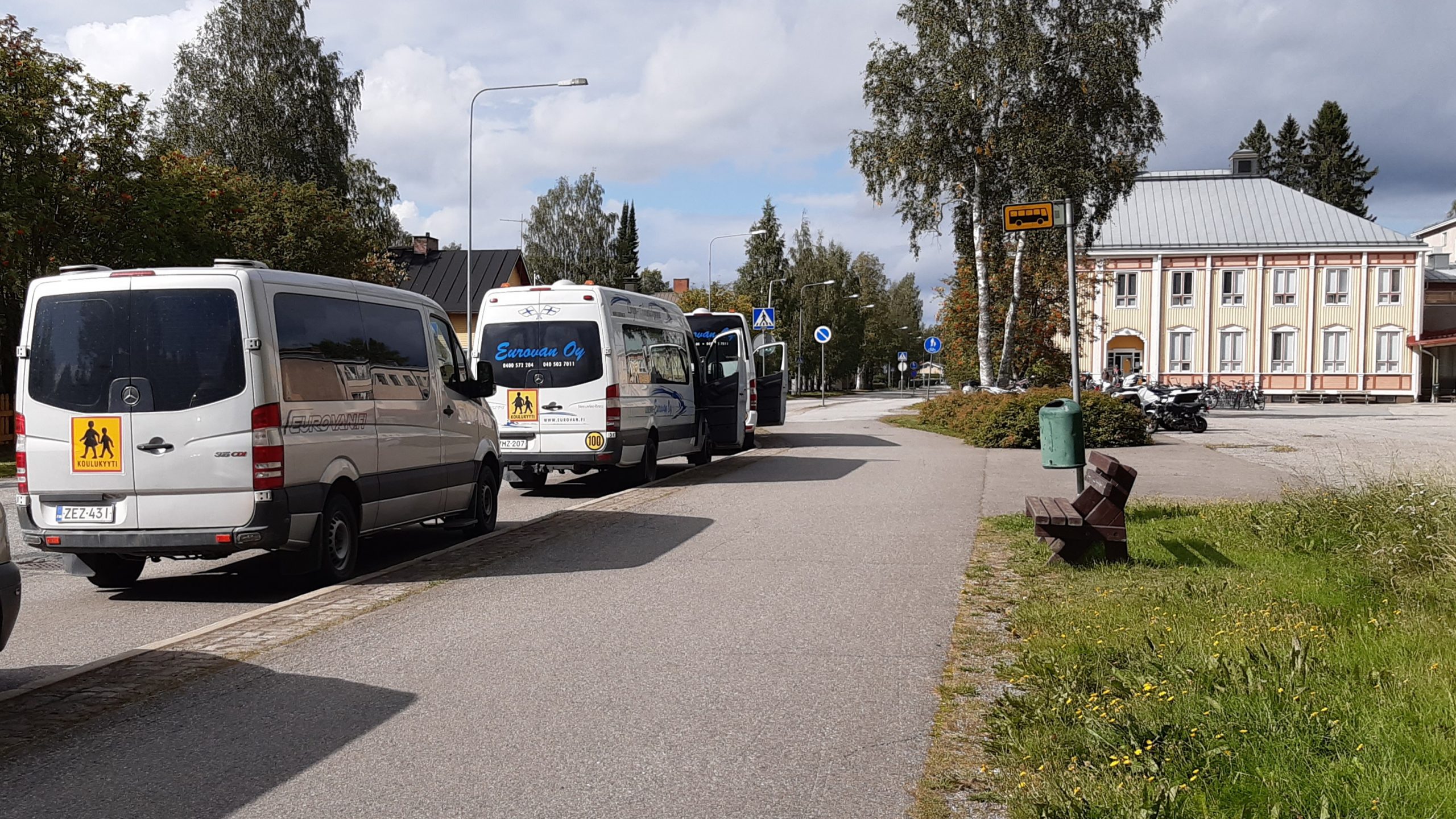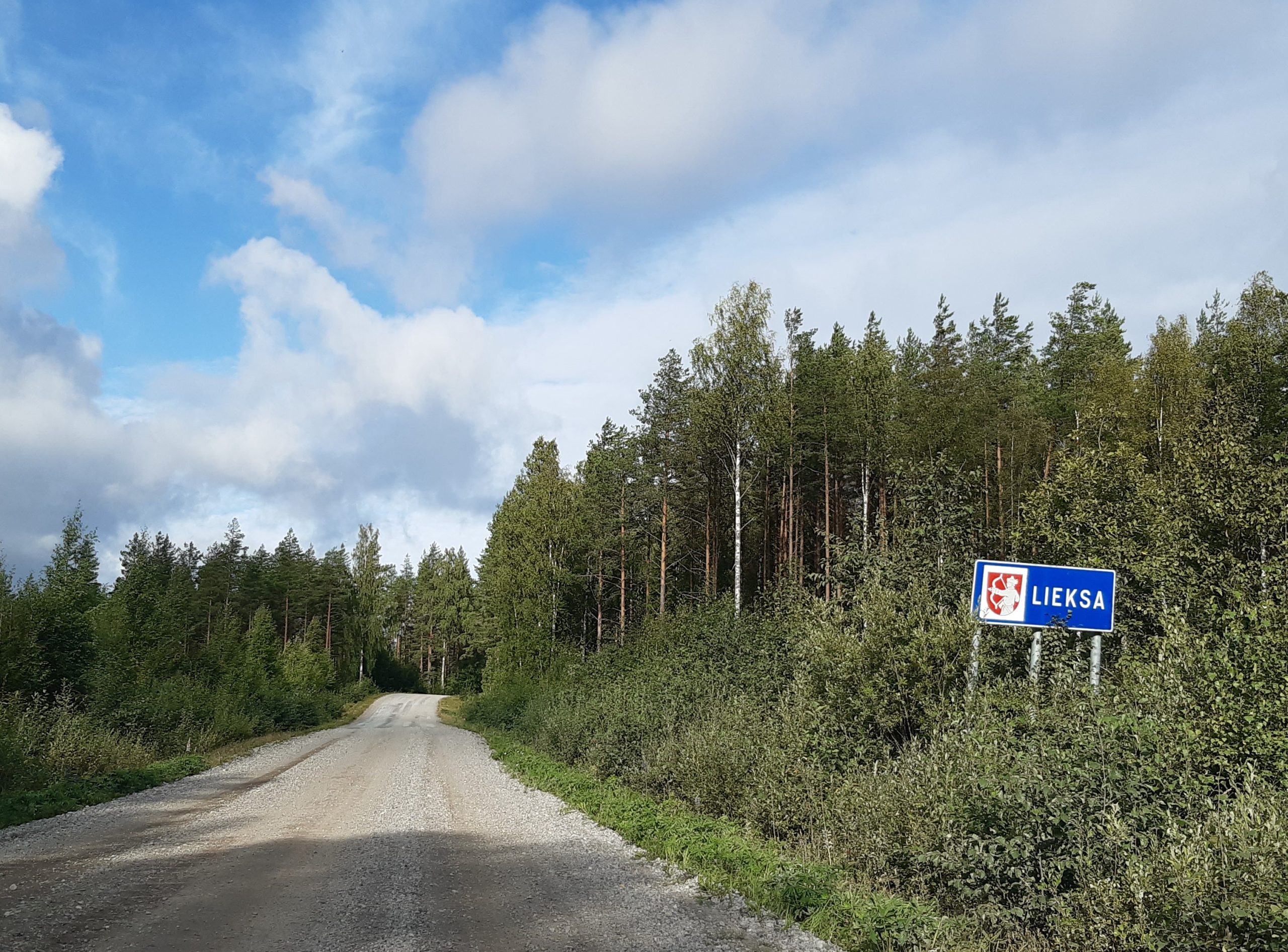Young people’s take on peripheral regions’ development
The Prospects in Peripheries project (PIP) takes on the ambitious task of ‘rebranding’ peripheries from marginalized regions to places of local success. One of the challenges faced by peripheral regions is the loss of young residents. Can we do anything to make life in remote rural regions more attractive for youth? To find the answer, PIP researchers talked with residents from peripheral regions about their hopes. Many interviewed residents shared the desire that more people should move to their region.

Union of urban and rural
For young people from North Karelian Lieksa having more neighbours meant an improved prospect to find like-minded friends. But this was not the only benefit. While fond of their hometown, these young people longed for an abundance of choice, in addition to peer acceptance. Many young Lieksans chose larger cities because they valued education opportunities. Places like Lieksa may provide ‘just enough’ services, but young people find inspiration in the novelties and diversity of city life. Shopping and nightlife are certainly alluring, but not every young person sees the city as superior. Also, not every young person wants to choose between a vibrant shopping street and a quiet forest path. Nevertheless, choosing one often means giving up on the other. While this may be a useful clue for those in charge of rural development, an important question remains: do young people want the impossible?
Peripheral Renaissance?
The example of Finland shows that peripheral regions can be alluring. Professor Hilkka Vihinen from the LUKE Institute dispels the myth that the countryside is emptying out. In fact, many Finns move back and forth between urban and rural places. This shows that mobility is an important part of life, and one can have several homes at the same time. During the Covid-19 pandemic escape to the countryside became an even more attractive option, which is also visible in Lieksa. The local newspaper Lieksan Lehti reported* optimistic statistics – in the first half of 2020 the number of people moving to Lieksa exceeded the number of those who were leaving.

In summary, young people’s hope for growing communities seems to be fulfilling. Now is the time to think of smart solutions to use this new potential. What we can learn from the Finnish example is that population mobility is not necessarily a threat. Peripheral regions cannot be saved if young people see a door shut in their face. Mobility lets people combine the best parts of urban and rural lifestyle and learn to appreciate them. Although young people may want to move out from their hometowns, they often speak kindly about them. This sympathy could be translated into stronger place attachment for the future. A local resident described their fondness of Lieksa as a mindset. This means that there are individuals for whom remote rural areas have great value. Peripheral regions face many challenges, but there is still hope that they may be successfully dealt with.
* Issue 66/2020, p. 11
